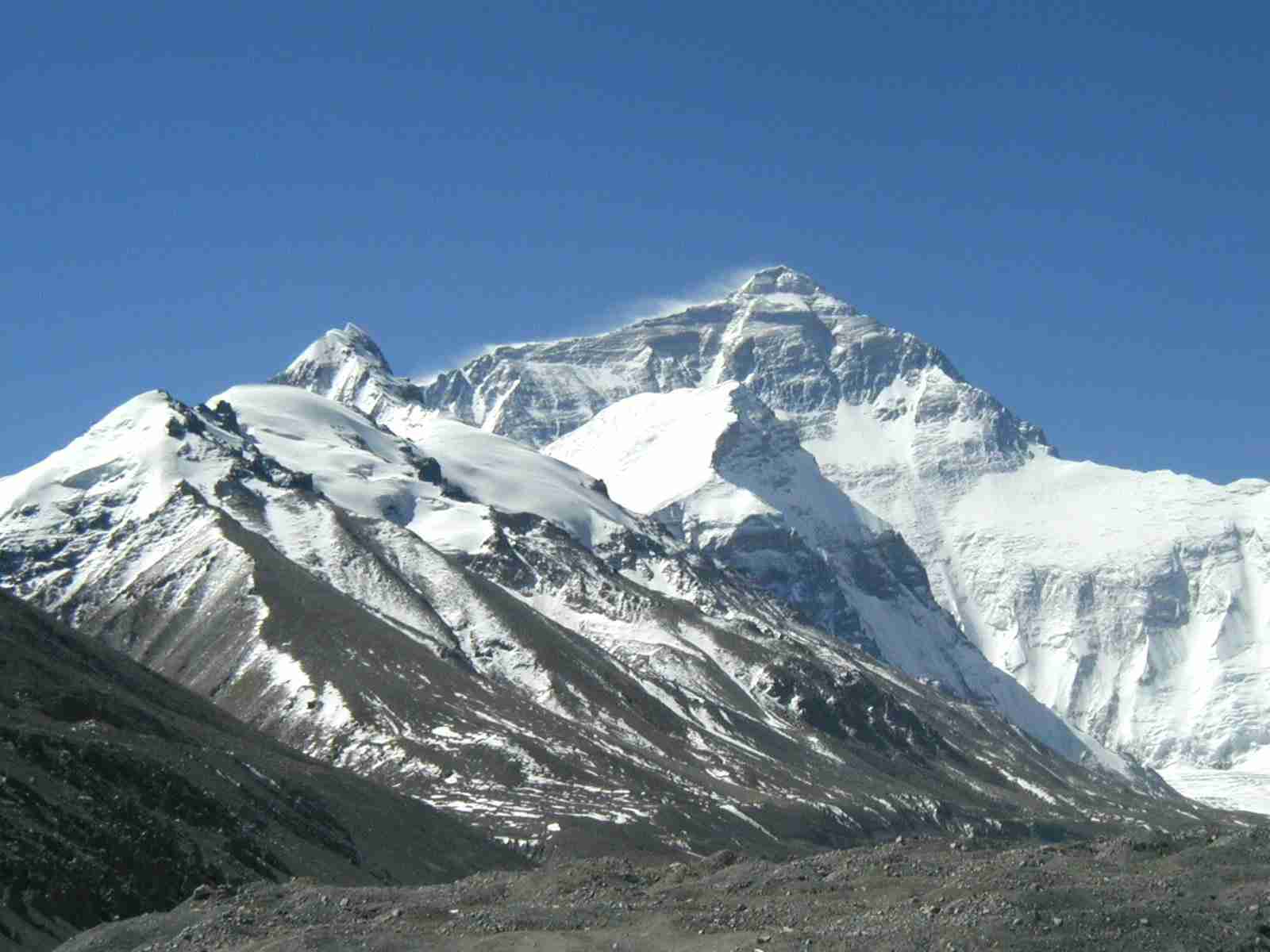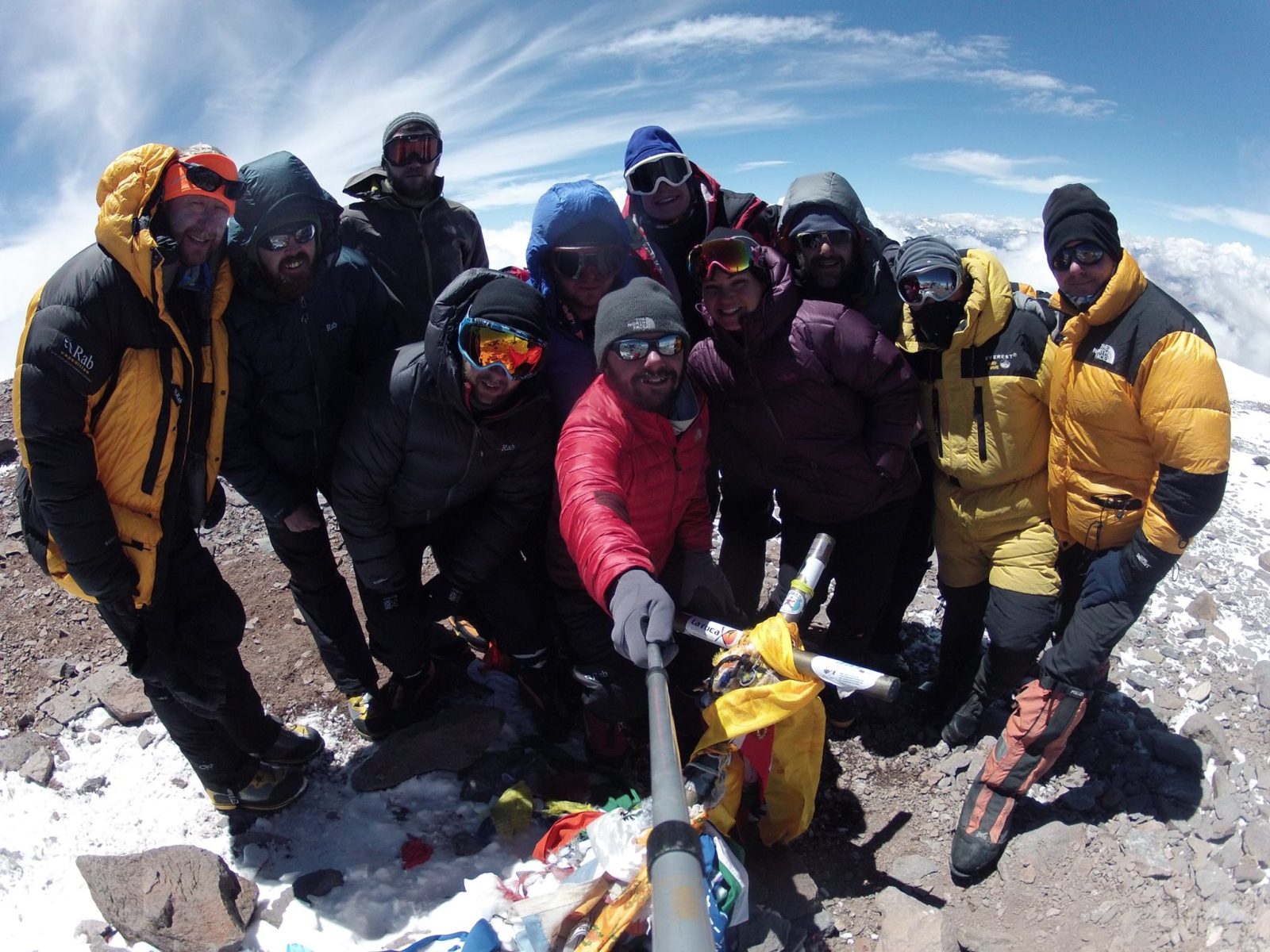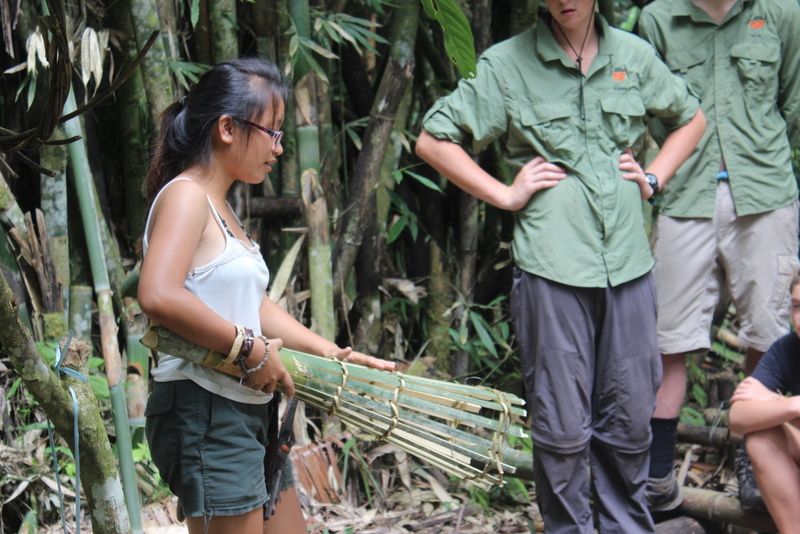Papua Culture
Although Papua has a population of just 2.9 million and a population density of 9 people per square km, the Papuan culture is incredibly diverse and has evolved some of the most distinctive and long isolated cultures in the world. The Papuan people are thought to be descended from the first inhabitants of New Guinea, who arrived at least 40,000 years ago.
The dense forests of Papua are rich with an intricate mosaic of different tribal groups; there are approximately 255 indigenous groups in Papua alone, including some groups who have remained uncontacted. Each group has their own language, some unrelated to any other in the world, and most groups are made up of just a few hundred people. This huge diversity has contributed to approximately 25% of the world’s languages being spoken in New Guinea. This diversity has been created by the endlessly varied landscape Papua has to offer; from coastal areas to mountainous regions the environment has shaped the way of life and development of these groups.
The central mountainous region of Papua is home to the highland people who cultivate the land with sweet potatoes, yams, canes and other plants. The tribes who live within the famous Baliem valley are included here, the Dani, Lani and Yali; all still practice their traditional cultures and customs, celebrated at the annual Baliem Valley Festival. The people who live in the central mountain ranges and the Jayawijaya Highlands, including the Baliem valley are famous for wearing koteka, the penis gourd. These koteka vary greatly between different tribes and are often an identifying feature of the tribe.
Groups of people living in the more lowland areas tend to process sago trees for their staple food, fish in downstream rivers and in the sea, and cultivate the land, to some extent. Tribes living further upstream of the rivers also process sago tree but they hunt boars and other non-heard animals. These groups tend to not cultivate the land, but rather hunt and occasionally fish in the rivers.
Some tribes living in the coastal regions have been more greatly influenced by foreign cultures due to interactions through trade, missionaries and the greater accessibility of the region. Foreign influences have largely avoided the interior tribes, due to the inaccessibility of the region. In addition, it was only discovered in 1938 that interior areas, such as the Baliem valley were inhabited. Even now there are some tribes in the interior regions of Papua who have remained uncontacted.
RELIGION IN PAPUAN CULTURE
The Dutch introduced Christianity to Papua in the 1850s, however, this was not really accepted until the early 20th century, and this was generally isolated to the northern coast and islands of Papua. The Christian church of Papua was established in the 1950s. In the Southern areas of Papua Catholic missionaries introduced Catholicism in the 1890s. The efforts to introduce Catholicism were largely unsuccessful until the 1920s when the first Catholic schools were built.
Generally speaking the indigenous groups today tend to be Christian or Animist, and migrants, particularly from elsewhere in Indonesia are Muslim. Papua is one of two Protestant-majority provinces in Indonesia.
Protestantism is the majority religion in Papua, with Roman Catholicism following. Islam is the next most prominent religion, followed by Hinduism and Buddhism, however both Hinduism and Buddhism represent a very small proportion (less than 1% of the population practice these religions). However, in many areas, such as the interior regions animism and traditional beliefs are still practiced.
FLORA AND FAUNA – PAPUAN CULTURE
While Papua is one of the areas with the greatest biodiversity in the tropics it is also one of the least studied and understood. New Guinea occupies an area of 0.5% of the Earth’s surface, but contains 5-10% of the total species on the planet, roughly equivalent to that found in the United States or Australia. Reflecting this biodiversity, Papua shelters a host of rare and endemic species including the Salvadori’s teal, Macgregor’s Bird of Paradise, Goodfellow’s Tree Kangaroo, the Papuan Hornbill, the long-beaked Echidna, the Papua monitor and the Dasyuridae, often known as the ‘tiger cat’. Papua is also thought to be home to the New Guinea Singing Dog, one of the rarest species of dog in the world. The rivers and wetlands also host salt and freshwater crocodiles, flying foxes, osprey and bats. This great biodiversity is possible due to the multitude of different ecosystems and landscapes stretching across Papua, from coral reefs, to mangroves, to rainforests, alpine tundra and equatorial glaciers. Unfortunately, these little-explored equatorial glaciers have been in retreat over the past 80 years.
Stretching through the southern lowlands of Papua, Lorentz National Park, a UNESCO world heritage site, is one of the most ecologically diverse national parks in the world, and weaving through the northern lowlands is the “Amazon of Papua”, the Mamberamo river, whose huge valley forms the “lakes plains region” and is home to some of the world’s last remaining uncontacted peoples and vast and fascinating biodiversity. Beyond these lowlands, stretching out to the oceans is the rich underwater world of beautiful coral reefs in the warm ocean environment.
PAPUA HISTORY AND CULTURE
New Guinea is the second largest island in the world after Greenland and is split, politically, into two halves. The western half of the island comprises two Indonesian provinces; Papua and West Papua. The eastern half forms the mainland of the country of Papua New Guinea. Geographically, New Guinea lies in the southwest Pacific Ocean, to the east of the Malay Archipelago and north of Australia, New Guinea is part of the same tectonic plate as Australia and is part of Melanesia, a subregion of Oceania.
New Guinea is the world’s tallest island, containing the highest point between the Himalayas and the Andes and is the largest tropical island on Earth; the size, geography and vast altitudinal range give rise to some of the world’s most extensive ecosystems and biodiversity. New Guinea occupies an area of 0.5% of the Earth’s surface but contains 5-10% of the total species on the planet, roughly equivalent to that found in the United States.
Stretching for hundreds of miles from the underwater world of the coral reefs to the equatorial glaciers on the peaks the endlessly varied landscape contains some of the world’s most extensive and diverse mangroves, lake and river ecosystems, wetlands and savannah grasslands, lowland and montane rainforests and alpine tundra.
Through the centre of the province of Papua extending into Papua New Guinea, the New Guinea highlands stretch for over 1,000 miles. Papua boasts the highest mountains in Oceania; Puncak Jaya or the Carstensz Pyramid at 4,884m (16,024ft), Puncak Mandala at 4,760m (15,617ft) and Puncak Trikora at 4,750m (15,584ft). South of this mountain chain is the Lorentz National Park, a UNESCO world heritage site. This is the largest protected area in South-East Asia and is the only protected area in the world to incorporate a continuous, intact transect from snow-cap to tropical marine environment, including extensive lowland wetlands running between.
Lorentz is one of the most ecologically diverse national parks in the world and shelters a host of rare and endemic species. Weaving through the northern lowlands is the “Amazon of Papua”, the Mamberamo river, whose huge valley forms the “lakes plains region” and is home to some of the world’s last remaining uncontacted peoples and vast and fascinating biodiversity. Papua and West Papua has been the home of the indigenous peoples for tens of thousands of years and has evolved some of the most distinctive and long isolated cultures in the world.
Papua is governed by a directly elected governor and regional legislature. The MRP, Majelis Rakyat Papua (Papuan People’s Council), was formed by the Indonesian Government in 2005 as a coalition of Papuan tribal chiefs, whose job is negotiation and speaking on behalf of Papuan tribal customs.
The central government of Indonesia, based in Jakarta, has a strong influence in Papua. During the colonial era Papua was known as “Netherlands New Guinea”, after which it was known as “Irian Barat” (West Irian), then “Irian Jaya” (which roughly translates as “Glorious Irian”) which was the official name until the name “Papua” was introduced in 2002. West Papua was created from Papua in 2003, initially called “Irian Jaya Barat”, but renamed to “Papua Barat” (West Papua) in 2007.
BALIEM VALLEY FESTIVAL – PAPUAN CULTURE
The Baliem Valley is nestled in the central highlands of Papua lying at an altitude of about 1,800m, surrounded by a crest of steep green mountains and home to three of Papua’s interior tribes: the Dani, Lani and Yali tribes. The Dani live in the centre, the Lani tribe in the west and the Yali tribe in the south east. Although this is one of the most densely populated areas of Papua, and these groups have lived in this area for thousands of years, the Baliem valley has only recently been discovered by Westerners when American Richard Archbold noticed beautiful terraced fields dotted through the valley from his plane in 1938. The Baliem valley is bisected by the Baliem river which flows from Mt. Trikora, through the Baliem Valley before reaching the Arafura Sea.
Every year these three tribes gather together in Wamena for the annual Baliem Valley Festival, one of the significant cultural events in the history of the Indonesian people. This festival is a wonderful opportunity to experience an event central in preserving and celebrating the cultural values of three of Papua’s remarkable interior tribes.
This spectacular event highlights many of the unique cultural values and traditions of the Dani, Lani and Yali tribes. One of the main features is the mock battles between the tribes, an event which is held over two days with about 26 groups of 30-50 people. These mock battles are accompanied by the sound of the traditional Papuan Pikon.
In addition to these mock battles other celebrations include traditional dancing and music, Puradan (rattan spear throwing), Sikoko (spear games), pig racing, earth cooking and the pig roast feast. Visitors can also take part in the Sege throwing and archery competition.
You can see a short film of the highlights of previous years’ festivals here.
ETIQUETTE IN INDONESIA
The people of Indonesia are, in general, reserved and friendly. It is hard to generalize such a diverse group of people making up one country, so when in doubt, follow the locals. If the mood is quiet, don’t talk loudly, if someone hands you something with two hands, receive it with two hands. Women are seen as quiet and reserved, it is not common to show signs of affection, or for women to engage in physical contact with men outside of their family. A way of greeting in the Muslim part of Indonesia is to touch your hand to your heart as a sign of respect. Same sexes may extend hands, while
Women are seen as quiet and reserved, it is not common to show signs of affection, or for women to engage in physical contact with men outside of their family. A way of greeting in the Muslim part of Indonesia is to touch your hand to your heart as a sign of respect. Same sexes may extend hands, while oppisite sexes may not. Remember, in much of the world, the left hand is seen as unclean
Remember, in much of the world, the left hand is seen as unclean so do not handle food, shake hands, or open doors with your left hand.
DRESS IN INDONESIA AND PAPUA
Most Indonesians dress conservatively, especially women. In Papua, the penis guord is far from conservative by western standards, but outside of tribal areas, people tend to cover up. As a visitor, it is advised that you cover yourself, especially if you are female. Do not show any midriff, plunging necklines, or wear short clothing. At the very least cover your shoulders. When traveling in jungle areas it is best to wear lightweight pants, to avoid getting bitten by bugs and scrapped by thorny branches.
FOOD AND DRINK
Due to the diversity of cultures in Indonesia and Papua, the food and drink varies widely. In Papua wild game, fish and various native root plants dominate the menu. Pork is typically not present in the rest of Indonesia (with the exception of Bali) because pork is non-halal and considered unclean. Tempe or pressed soybeans, is a staple food in much of Indonesia. The island of Java is known for its spice and special blends of chili and oil, called sambal, is a popular treat. So popular that there are restaurants dedicated to this extremely hot paste.
The island of Java is known for its spice and special blends of chili and oil, called sambal, is a popular treat. So popular that there are restaurants dedicated to this extremely hot paste. Satay, or meet on a stick, is a popular street food treat. Options range from your typical meat cuts, to snail, intestines, and even skin. Indonesia is also well known for its coffee. From regular coffee to the famous Kopi Luwak, or cat poop coffee, there is something for everyone’s taste.
Alcohol, although legal in Indonesia, is not widely consumed. Imports from Singapore, Australia, and the Philippines are common. There are also a few local beers available for purchase in tourist restaurants, clubs, grocery stores, and some convenience stores.
TIPPING
Tipping isn’t entirely common in Indonesia. Leaving 10% at restaurants or rounding up your taxi fare is considered fine, but otherwise there is no tipping required. Tipping a guide, however, is encouraged but not required. You can read more about tipping at Adventure Alternative here.
SUSTAINABILITY
At Adventure Alternative, we promote sustainable travel. We expect people to use treatment methods instead of disposable plastic bottles for drinking water. Also, we encourage travelers to avoid creating excessive waste when they travel. Bring a cloth grocery bag for any shopping and do not litter.
Book Your Adventure of a Lifetime Now
Discover our trips to other Countries
Adventure Alternative Articles

12 MONTHS, 12 MOUNTAINS
Climbing Calendar Ready for World Mountain Day In celebration of World Mountain Day, we've created a calendar for the year to make it easy for...

Mount Aconcagua Trip Review
January 2016 This year we had a team of twelve clients from four different countries – Iran, Ireland, England, South Africa and Argentina –...

Alcey’s Survival Skills Course at Lupa Masa Jungle Camp
SURVIVAL SKILLS COURSE AT LUPA MASA JUNGLE CAMP | ADVENTURE ALTERNATIVE In celebration of International Rural Women’s Day, we’re talking...